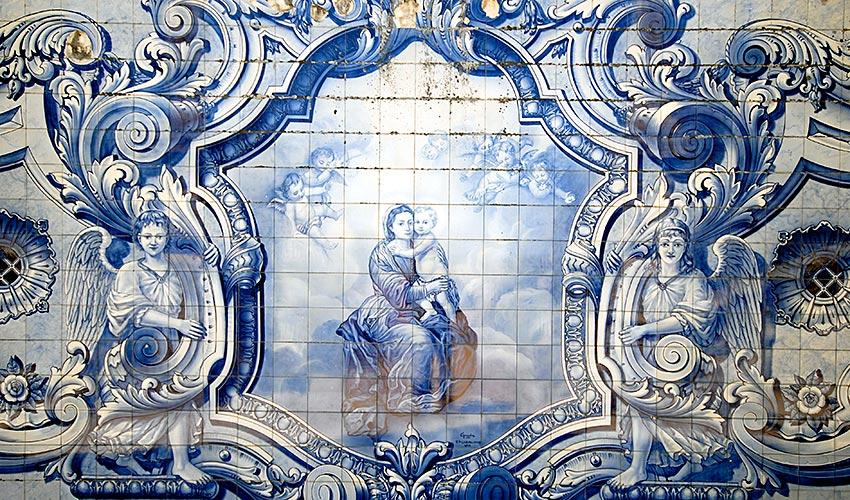Portuguese sculpture
This form of art can be best appreciated by studying the magnificent tombs of the 12th–15th centuries that are found around Portugal. In the late 18th century, Brazil was the main influence in Portuguese sculpture, noticeable in the increasing Baroque wooden sculptures that appeared during this time, particularly from the hands of the famous Portuguese artist, Machado de Castro (1731–1822).
The Classical and Romantic traditions of Italy and France left their influence on Machado de Castro in the late 18th century and António Soares dos Reis a century later.
Painting
A school of primitive painters headed by Nuno Gonçalves was prominent in the 15th century, and subsequently Flemish artists interpreted the native style, decorating palaces, convents and leaving a rich heritage of religious art.
The 19th century saw another rebirth of national art with a late Romantic period. An era of naturalist realism that followed gave way to rather diffuse experimentation in the 20th century.
Contemporary Art
There are several Portuguese contemporary artists that have marked a movement in the art world. Maria Helena Vieira da Silva (1908–1992) was the country's finest abstract painter and Carlos Botelho (1899–1982) was noted for his street scenes of Lisbon.
Paula Rego became famous for her “storytelling” in painting. She was projected to world-wide recognition after her series of “Dog Woman” in the 1990’s and “Abortion”.
Her art is shown all over the world in several museums, including Tate Modern in London and the new museum dedicated solely to her art, Casa das Histórias Paula Rego, in Cascais.
Azulejos
Among the decorative arts, the Portuguese glazed tiles (azulejos) are outstanding. Many 16th and 17th century buildings are covered with tiles and the rooms and halls of palaces, as well as mansions exhibit blue and white tiled panels or motifs in other soft colours. Exceptionally fine examples are found in the Pátio da Carranca (courtyard of Carranca) of the Paço de Sintra (Palace of Sintra), São Roque church in Lisbon and the Quinta da Bacalhôa in Azeitão near Setúbal.

 English
English  Português
Português  Deutsch
Deutsch 


